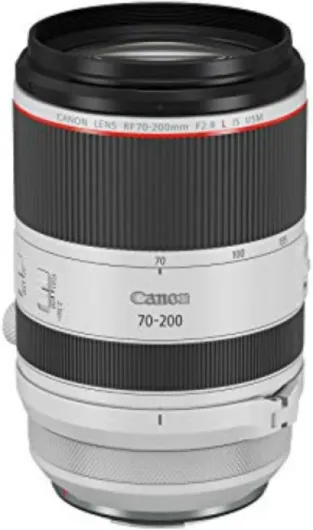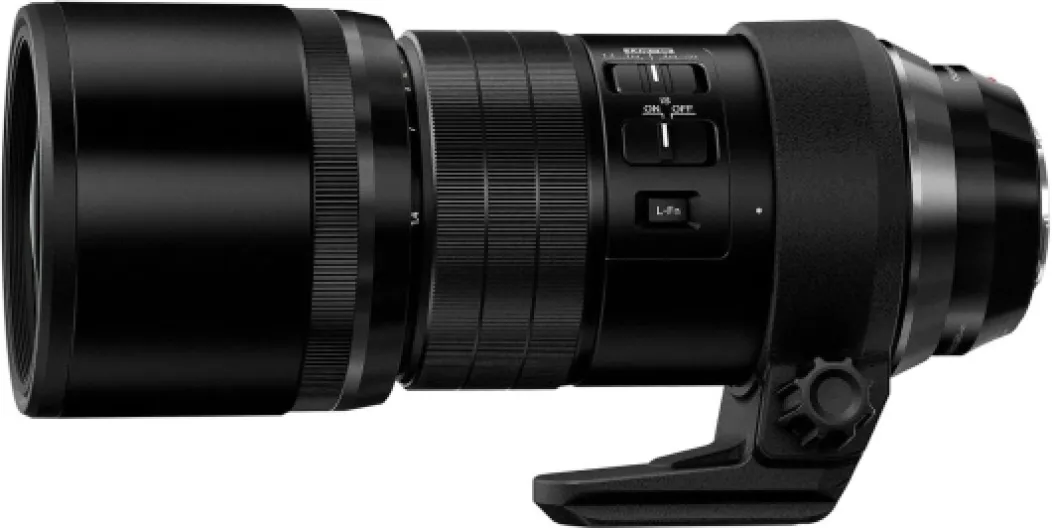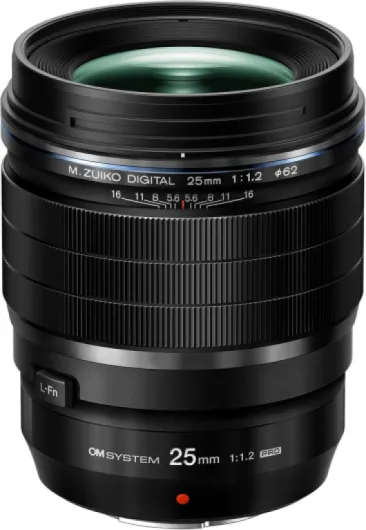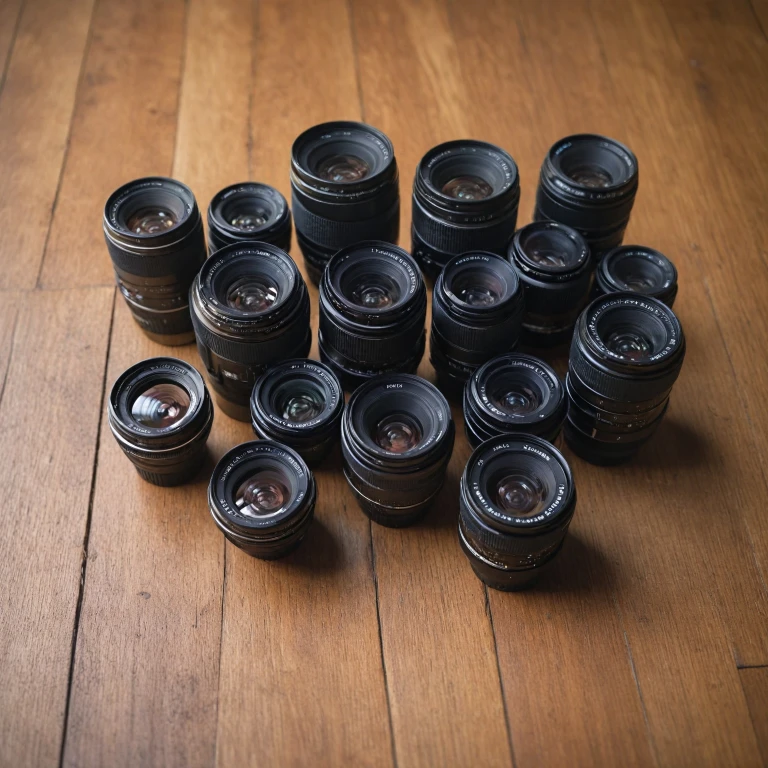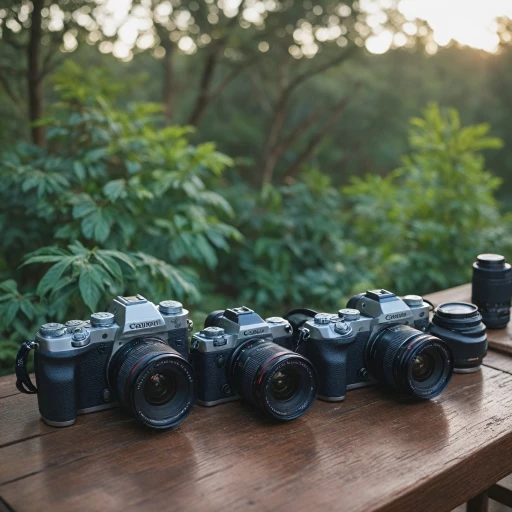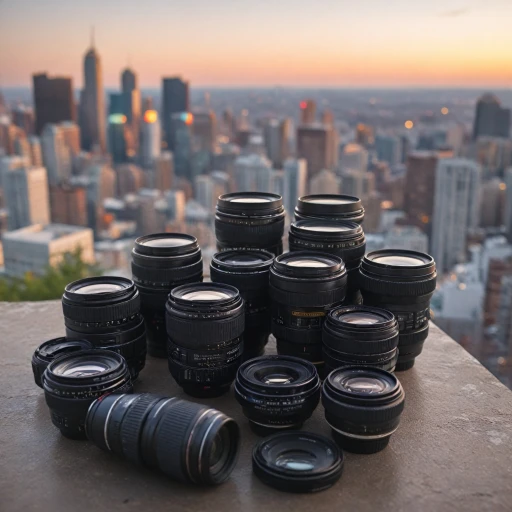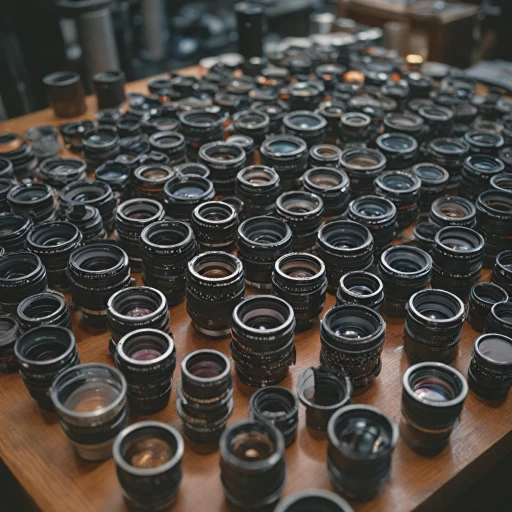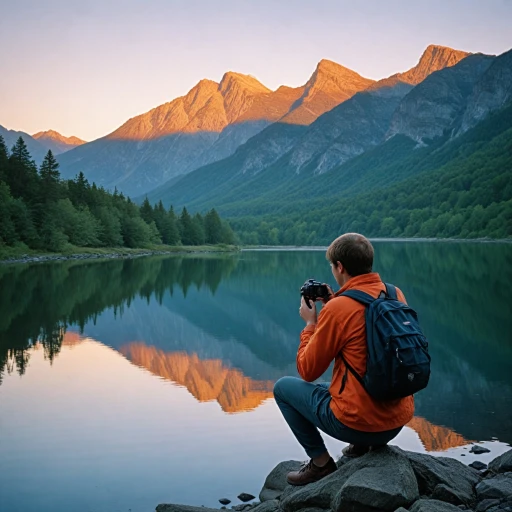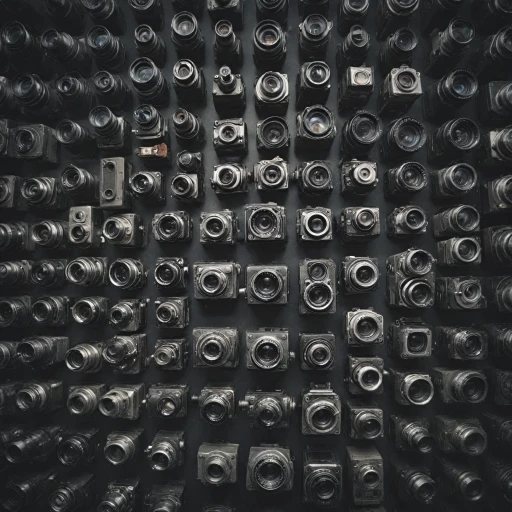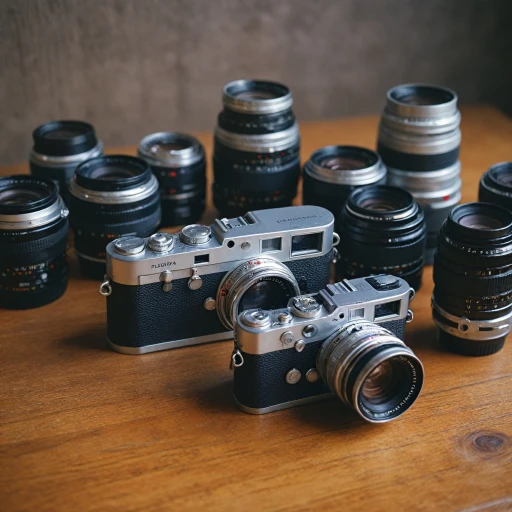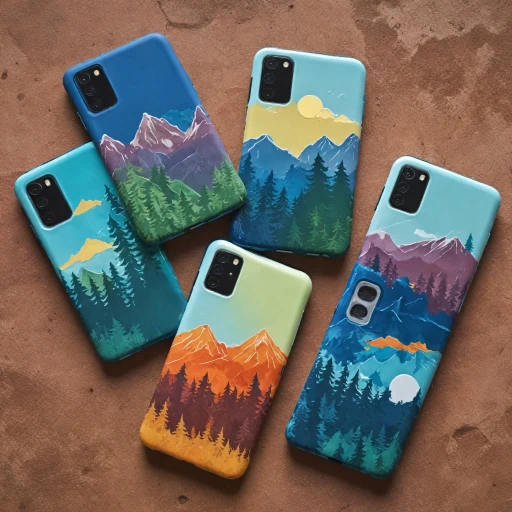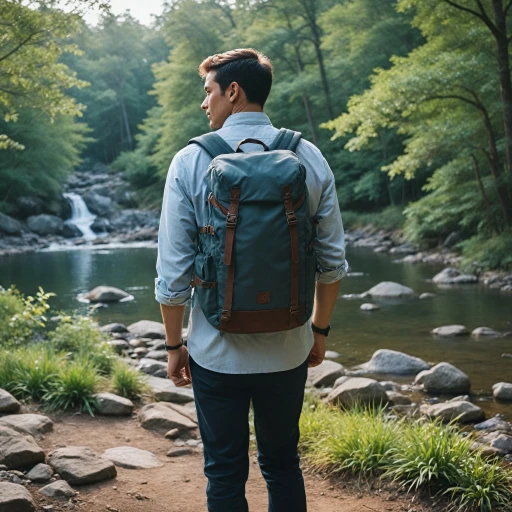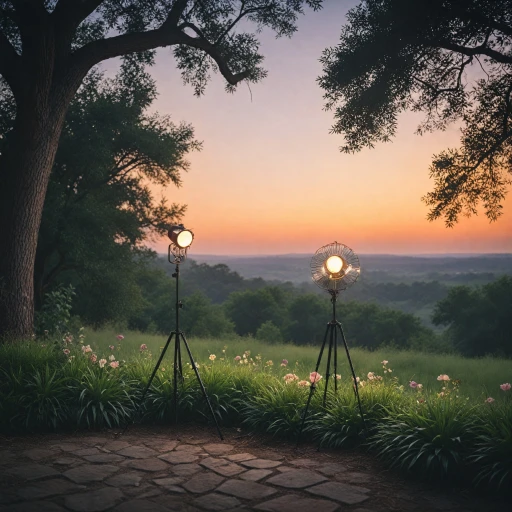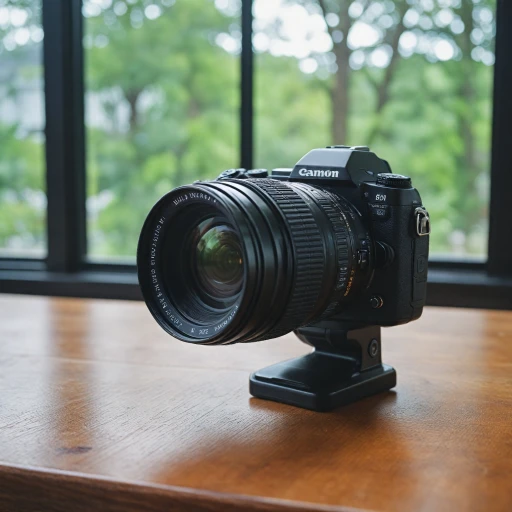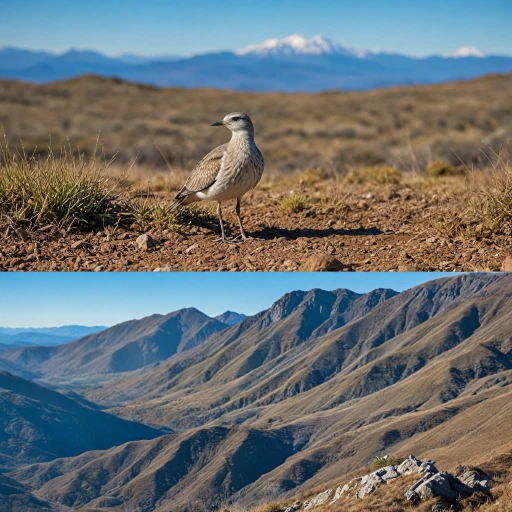
Understanding Lens Focal Lengths
The Essentials of Focal Lengths in Photography
Understanding the concept of focal lengths is vital for anyone embarking on their photography journey. A lens's focal length, measured in millimeters, directly affects the shooting experience and the resultant image. In simple terms, focal length can determine how much of the scene will be captured and the level of detail and magnification that will be achieved.
Focal lengths are typically categorized into three main types:
- Wide Angle: These lenses (focal lengths wildlife photography when you want to include more of the environment.
- Standard: Known as the all-rounders, these lenses (35mm to 70mm) offer a natural perspective closest to human vision. A standard zoom lens from Sony or Canon USM can suit various photography styles, from street to portrait photography, providing flexibility without swapping lenses frequently.
- Telephoto: Ranging from 70mm to 300mm or beyond, telephoto lenses allow photographers to capture distant subjects with greater clarity. Ideal for sports or wildlife photography, long focal lengths compress the background and foreground, highlighting your subject. Full-frame cameras are often paired with these lenses to maximize image quality in low-light settings.
On the other hand, cameras with crop sensors will provide a different field of view with the same lens. For example, a 50mm lens on a crop sensor will behave more like a 75mm lens, offering more zoom but possibly altering your intended composition.
Top Lenses for Short-Range Photography
Short-Range Mastery: Capturing Detailed Compositions
When diving into the realm of short-range photography, the choice of lens is crucial to capturing those vivid, detailed compositions that define the art. Whether you're venturing into street photography, portraits, or capturing intricate close-ups, prime lenses are often heralded as the best choice. Particularly, the wide angle and standard zoom lenses offer unparalleled image quality and versatility for diverse scenarios. Prime Lens Potential Prime lenses, known for their fixed focal length, excel in offering sharpness and a wide aperture. A camera lens with a focal length of 35mm or 50mm is frequently recommended for capturing street scenes, as these focal lengths let you stay true to the subject while maintaining a natural perspective. Reviewing the specifications of specific lenses such as the Sigma HSM or prime options for Canon and Sony cameras can offer insights into achieving the ideal capture. Wide Angle Wonders For photographers leaning towards architectural or landscape photography, a wide angle lens proves indispensable. Lenses with a focal length ranging from 10mm to 24mm offer expansive views and vibrant horizons, essential for full frame and crop sensor cameras. These lenses not only amplify the scale of your subject but also allow for creative composition. Best Lens for Clarity and Aperture In terms of short-range settings, lenses such as Canon's USM lineup and those equipped for low light photography are second to none. These provide a bright aperture, ensuring vibrant and clear images. Consider investing in a lens best suited for full frame or crop sensor capabilities, enhancing your camera's potential. Choosing Your Ideal Short-Range Companion Selecting the right lens depends on your specific needs: whether it's a sharp prime lens for detailed street photography or a standard zoom lens for versatile captures in varied lighting conditions. Explore the market offerings from Nikon, Canon, and Sony, and assess how each zoom or prime lens caters to your creative pursuits. The image quality provided by these top-tier lenses will elevate your photography to new heights.Best Options for Long-Range Photography
Exploring Top Choices for Long-Distance Shots
For photographers who thrive on capturing the essence of subjects from afar, selecting the right lens is crucial. Long-range photography calls for lenses that can zoom in on distant scenes or subjects with clarity and precision. Here are some favored options that can elevate your photography game to new heights.- Prime Telephoto Lenses: Ideal for wildlife and sports photography, prime lenses like those from Canon and Nikon offer excellent sharpness and image quality. A prime lens with a longer focal length, typically over 200mm, is designed to bring subjects closer while maintaining a full frame image, making it a great choice for capturing details in remote scenarios.
- Zoom Lenses: Offering versatility, zoom lenses are perfect for photographers transitioning between varying distances. Models like the Canon USM or Sigma HSM provide flexibility in focal lengths, allowing photographers to cover a wide range with one lens. A 70-200mm zoom lens is often heralded as one of the best options because it bridges the gap between short and long-range photography, making it a reliable addition to any camera kit.
- Wide Angle Options: While primarily used for landscapes and street photography, wide angle lenses can also be utilized for creative long-range shots when paired with crop cameras. Lenses such as those produced by Sony or compatible Sigma HSM models can provide interesting perspectives that encompass both the subject and its surroundings.
Versatility in Zoom Lenses
Exploring the Versatility of Zoom Lenses
When it comes to capturing diverse photography subjects, investing in a versatile zoom lens is key. These lenses allow you to easily switch between focal lengths, making them ideal for situations where moving closer to the subject isn't feasible. Zoom lenses typically cover a range of focal lengths, providing the flexibility needed for various photography styles. Whether you're engaging in street photography or capturing landscapes, these lenses can adjust to your needs, offering both wide-angle and telephoto capabilities without swapping lenses. If you're using a full-frame camera, options like the Canon USM and Nikon's best lens models offer superior performance, delivering sharp images across its zoom range. These brands have been praised for their adaptability and image quality. On the other hand, crop sensor cameras pair well with standard zoom lenses from manufacturers like Sony and Sigma HSM. Their reduced size and weight make them more practical for everyday photography while still maintaining excellent image quality. It's important to also consider whether a prime lens or a zoom lens will best suit your needs. While prime lenses offer sharp focus and often superior performance in low light, zoom lenses win for their convenience and range adaptability. Wide angle zoom lenses are perfect for capturing landscapes, group photos, and interior shots, whereas those with a longer focal length work wonders for wildlife and sports photography. Ultimately, the best lens for your photography will hinge on your specific requirements and the type of subjects you photograph most often. With the right zoom lens, you're equipped to tackle various scenarios, enhancing your creativity and capturing stunning photos every time.Factors to Consider When Choosing a Lens
Key Considerations When Selecting a Photography Lens
When it comes to choosing the right lens for your photography needs, several factors can significantly affect the outcome of your images. Whether you are a professional photographer or a hobbyist, understanding these considerations will ensure that you make an informed choice and enhance your photographic experience.
- Camera Compatibility: Ensure the lens is compatible with your camera body. For instance, Canon USM lenses pair well with Canon cameras, while Sigma HSM lenses are often used with Nikon bodies. Matching brands can maximize functionality, but cross-brand compatibility is also possible.
- Focal Length and Use: Your intended use (e.g., street photography, wildlife, or landscape) will guide your choice. Prime lenses often excel in low-light conditions, while zoom lenses offer flexibility in focal length. Consider if a full-frame or crop sensor camera influences your choice.
- Budget and Investment: Quality lenses can be a significant investment. Evaluate your budget against the features and build quality you require. Often, high-performance glass such as Canon or Nikon lenses justifies its price through longevity and superior image quality.
- Weight and Portability: If you're traveling or shoot on the go, lighter lenses like those used for street photography may be more suitable. However, wide-angle or telephoto lenses can be heavier due to their larger glass elements.
- Auto-focus and Image Stabilization: Look for lenses with advanced autofocus, like the Canon USM or Sigma HSM, which provide a smooth focusing experience. Built-in image stabilization is also crucial to capturing sharp images in low-light conditions or at longer focal lengths.
With these factors in mind, you can confidently delve into the world of photography, leveraging the versatility that different lenses offer, from standard zooms to specialized primes. Explore the options available, and choose the best lens that fits into your unique photographic vision.
Tips for Maintaining Your Lenses
Proper Care for Your Photography Tools: Maintaining Your Camera Lenses
Maintaining your camera lenses is crucial to ensure the longevity and quality of your photography equipment. Good maintenance practices can enhance the performance of your lenses, be it a wide-angle lens for capturing stunning landscapes or a prime lens for street photography. Here's what you need to consider:- Regular Cleaning: Dust, fingerprints, and smudges can degrade image quality. Regularly use a microfiber cloth or a lens cleaning kit to keep your lens surfaces clean. This is important whether you have a full frame lens from Canon or a crop sensor lens from Sony.
- Use Lens Caps: Always cover both ends of your lens with caps when not in use. Caps protect against scratches and dust, which is particularly vital for lenses with complex zoom mechanisms.
- Store Properly: Keep your lenses in a dry, cool place to prevent fungus and mold growth. Protective cases are recommended, especially for more sensitive components like a Canon USM or Sigma HSM lens.
- Avoid Direct Sunlight: Prolonged exposure to direct sunlight can damage the lens coatings and optics, affecting the quality of long-range photography shots.
- Beware of Moisture: Moisture can seep into the lens and wreck the internal components. Consider using silica gel packs in your storage bags, especially when traveling in humid conditions.
- Handle with Care: Avoid unnecessary bumps and drops. Using a good quality lens mount will ensure steady handling while switching cameras, whether you're attaching a Nikon or a Sony lens.
- Routine Check-Ups: Have your lenses serviced by a professional if you notice any issues like difficulty in focusing, especially if you're using a zoom lens that requires precision.

